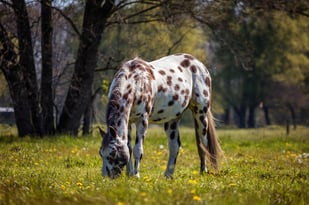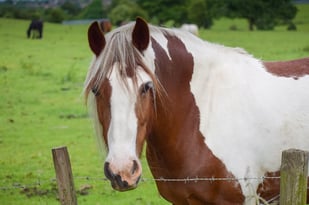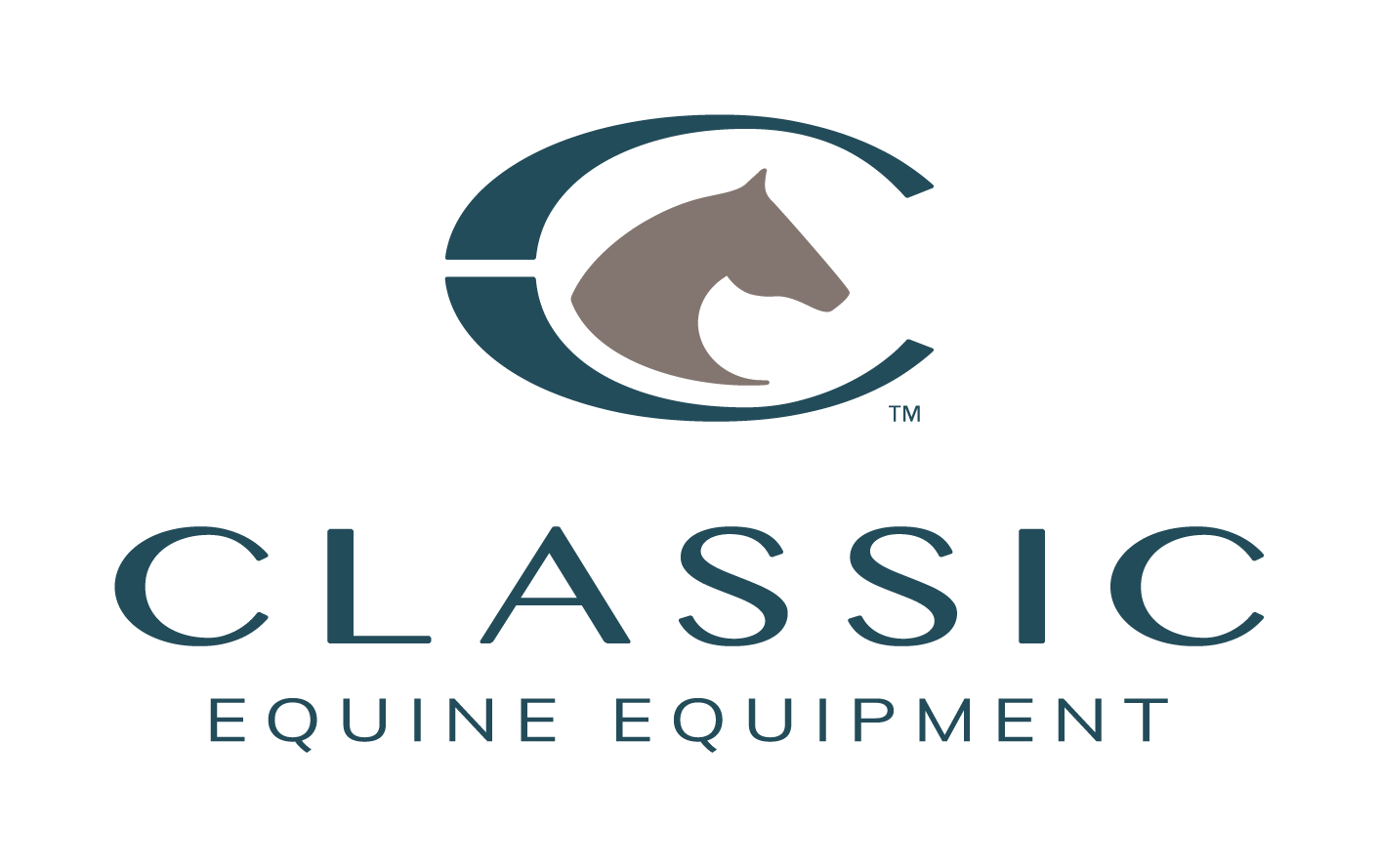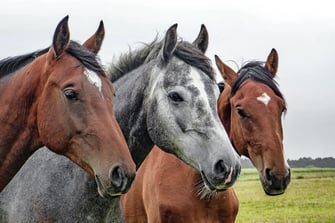While shiny bays and gleaming chestnuts have always been the standard in the equine show ring, some of today's equestrians are looking for something a little more "avant-garde" to help them stand out among their peers and in competitions. Their choice is often one of the "spotted" horses.
 Common breeds, such as the Appaloosa, the Pinto and the Paint have long been the foundation horse for most Western disciplines and ranch work. Bred more for their intelligence and hardiness, the beauty of their coats is almost an afterthought. However, more of these versatile breeds are showing up in the English sports of hunters, jumpers, driving, cross country and dressage as the judge is sure to remember you.
Common breeds, such as the Appaloosa, the Pinto and the Paint have long been the foundation horse for most Western disciplines and ranch work. Bred more for their intelligence and hardiness, the beauty of their coats is almost an afterthought. However, more of these versatile breeds are showing up in the English sports of hunters, jumpers, driving, cross country and dressage as the judge is sure to remember you.
Among the most common spotted breed is the Appaloosa. Just as there are a wide variety of body types within the breed, so are the types of spotted patterns - including no spots at all! These can include a solid white blanket over their hip, a white blanket with dark spots, or a white body with dark spots that cover the entire body, known as a "leopard appaloosa."
The American Paint Horse is a breed developed from spotted horses crossed with Quarter Horses or Thoroughbreds. However, like the Appaloosa breed registry, the American Pain Horse allows registration of horses with color as well as solid Paint-bred horses.
Typical color patterns include vertical rounded markings with white legs and white across the back with a dark head (tobiano); horizontal sharp, irregular markings with a white face and sometimes blue eyes (overo); and a pattern mix of tobiano and overo coloration (tovero).
Many people mistakenly refer to any spotted horse as a "pinto." Pintos are not a breed of horse, but merely a color pattern. Pinto means "painted" in Spanish. The above colors of tobiano, overo and tovero are all considered pinto colors. So, a Paint may be a pinto, but not all pintos are Paints. Other common pinto coloration includes a black and white spotted horse (piebald) or a pattern on a horse of any coat color EXCEPT black (skewbald).
One other flashy-colored breed of horse becoming increasingly popular is the Gypsy Vanner, originating in Ireland. The Gypsy Vanner is not a breed based on color, but its coat colors and extensive feathering make them easily recognizable. According to the breed standard, colors include piebald – a black and white tobiano; skewbald – a combination of brown, red and white (including tri-colored) tobiano; blagdon– a solid color with white on the belly; and odd colored, i.e. all other colors.
 When searching for your next horse, think about making a statement with a "horse of a different color." However, don't buy based on color alone. Follow the old adage for buying a car based on color - "you don't drive the paint." And that goes for horses, too.
When searching for your next horse, think about making a statement with a "horse of a different color." However, don't buy based on color alone. Follow the old adage for buying a car based on color - "you don't drive the paint." And that goes for horses, too.




